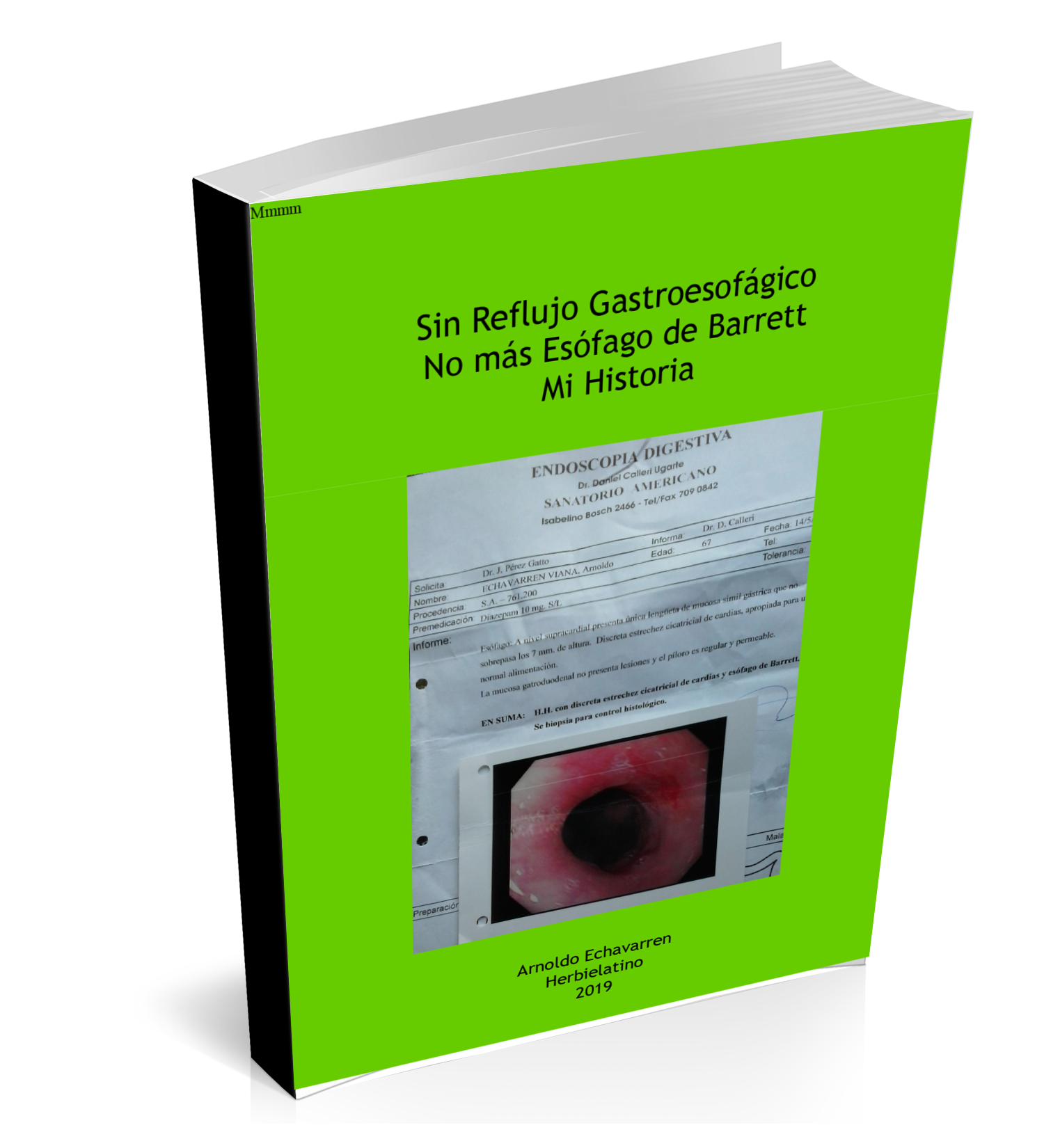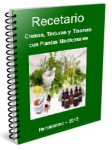- A herbal medicine used in the treatment of addiction mimics the action of amphetamine on in vitro rat striatal dopamine release
THONGSAARD Watchareewan; MARSDEN Charles A. ;
(1) Department of Physiology, Faculty of Medicine, Srinakharinwirot University, Sukhumvit 23, Bangkok 10110, THAILANDE
(2) School of Biomedical Sciences, Queen’s Medical Centre, The University of Nottingham, Nottingham NG 7 2 UH, ROYAUME-UNI
Abstract
Thunbergia laurifolia Linn. (TH) and Simplocos racemosa Roxb. (SY) are herbal medicines used in the treatment of drug addiction without scientific support for their mechanism of action. The present study investigated the effects of these medicinal plants on dopaminergic neurotransmission in comparison with amphetamine. The effect of crude water extracts (0.1 g/ml) of TH and SY on K+ (20 mM)-stimulated dopamine release from rat striatal slices were compared with amphetamine (10-4 M) using high-performance liquid chromatography with electrochemical detection to measure endogenous dopamine. Amphetamine and TH, but not SY, significantly increased K+-stimulated dopamine release (P < 0.001) from rat striatal slices when compared with K+-stimulated alone. TH potentiated the effect of amphetamine on K+-stimulated dopamine release (P < 0.001) when compared with amphetamine alone. The results indicate that TH may stimulate dopamine release in the same manner as amphetamine. It remains to be determined whether the effect of these extracts on dopamine function is important in their therapeutic use in the treatment of drug addiction.




NO SE ENTIENDE , TRADCIRLA
Puedes utilizar el Traductor de Google, Verónica.